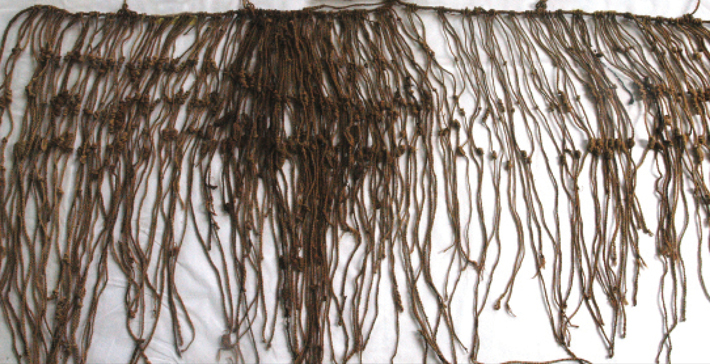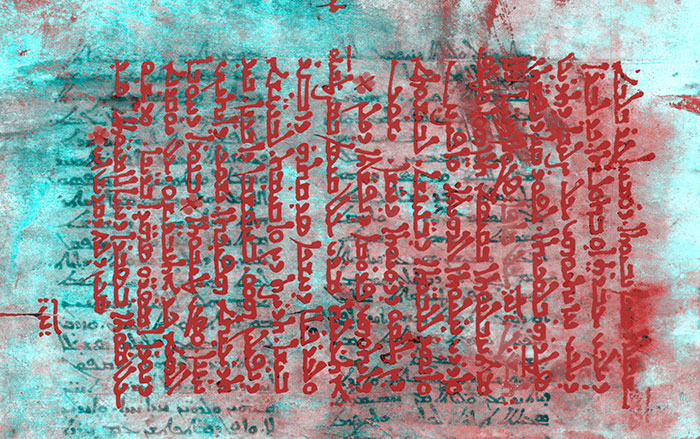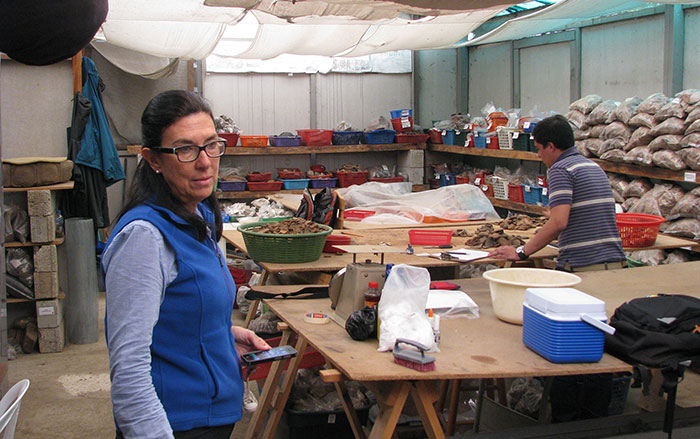
Archaeologists excavating an Inca storehouse at the site of Inkawasi on Peru’s south coast have unearthed 34 khipus, the knotted-string devices once used by the Andean people for keeping records. Some khipus encode purely numerical data, while others contain deeper forms of information, such as records of historical events—but these remain undeciphered. Many of the Inkawasi khipus were found with or covered by the remains of produce, such as peanuts, black beans, and chili peppers, and it’s likely they were used to keep track of those crops when they were brought to storage. Analysis of the khipus shows that some subtract a fixed value from tallies at regular intervals, and could possibly represent a state tax. Harvard archaeologist Gary Urton, who has studied the Inkawaski khipus, is hopeful that understanding the archive may eventually contribute to reading more elaborate examples. “Our income tax forms and our novels use the same alphabet. If we can learn how to read a chili pepper khipu or a peanut khipu,” says Urton, “it might help us in the long run to read the khipus that record historical events.”










